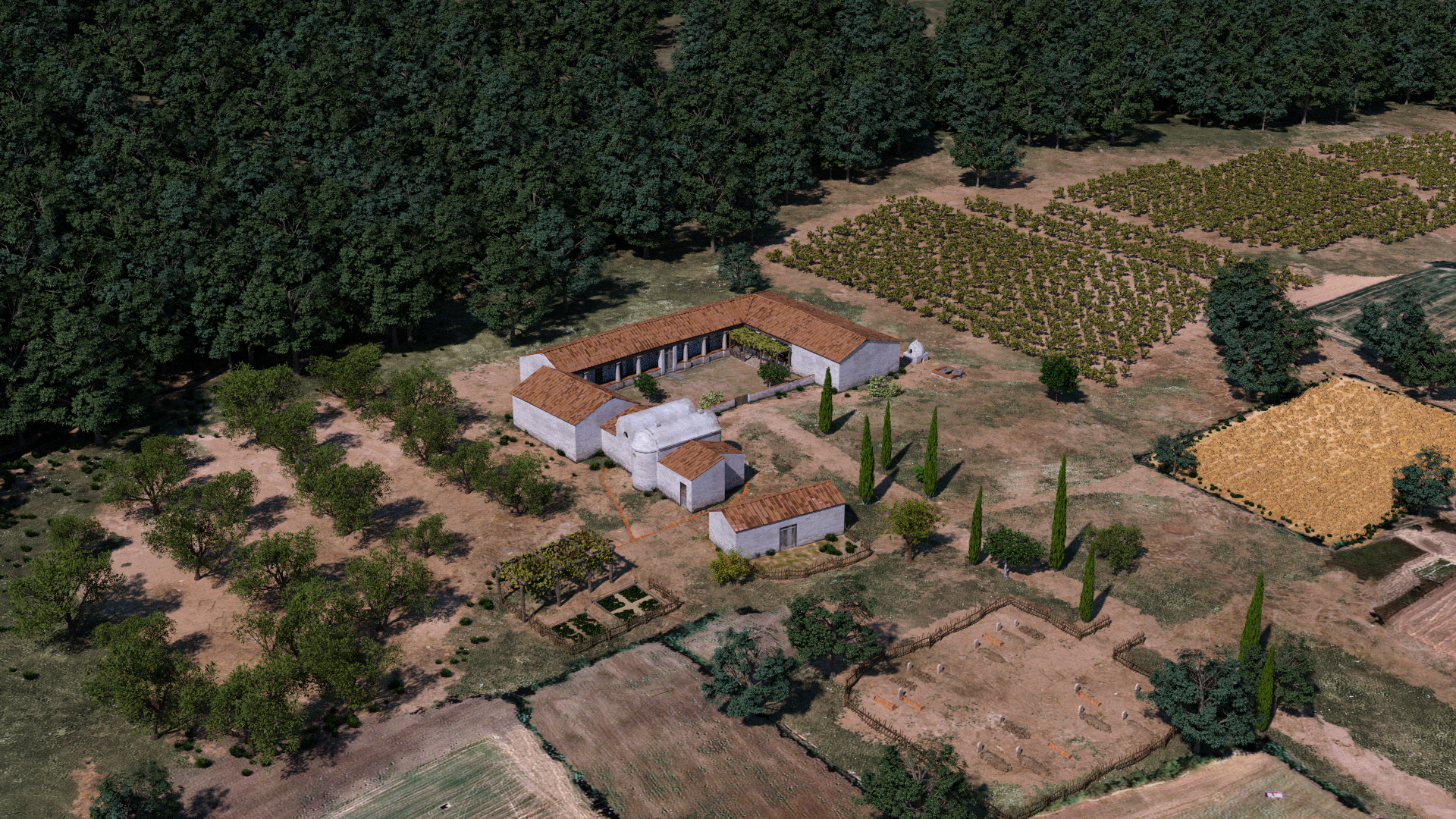
Towards modern human behavior. Socioeconomic and cultural strategies of the last Neanderthals of the Northern Plateau (Prado Vargas Cave (Cornejo, Burgos)
The Prado Vargas cave site is located on the south slope of the Cantabrian Mountains, connecting with northern edge of the Castilian Plateau. This cave belongs to the sixth level of the Ojo Guareña endokarst system and it preserves a karst sedimentary infilling 9 m thick, which contains several levels of terminal Mousterian occupations. The later register Neanderthal occupations dated between 54 and 39 ka (level N4) and older (levels N8 and N9) (Navazo et al., 2021). The excavations started in 2016 in the level N4, and they have yielded a large amount of archaeological remains, indicating that the cavity was visited recurrently, registering long-term occupations that include butchery activities, wood and skin works, recycle economy and activities that developed both inside and in the surrounding landscape. This level has confirmed the presence of human as evidenced by the presence of a Neanderthal kid tooth found in 2019. The excavation in extension of this level N4, just begun in the last years, and the underlying level N8 will allow to obtain detailed data about the lifestyle of the penultimate and last Neanderthals on the northern edge of the Castilian Plateau, as well as to recognize their socioeconomic dynamics, in order to provide new data about the causes that motivated the changes before Neanderthal disappearance. To achieve this objective, a four-year project is proposed to excavate most of the N4 level and expand the excavation of level N8, comparing both levels through a multidisciplinary scientific study that involves the analysis of the formation processes, industry, fauna, microfauna, paleoanthropological remains and the paleoenvironmental record. At the same time we will transfer results to society as an element of sustainable revitalization of the territory.

Period
Terminal Mousterian. Chronological interval for between 54 and 39 ka.
Institution
University of Burgos
Museum of Human Evolution
National Center for Research on Human Evolution (CENIEH)
Web and social networks
www.ubu.es; https://www.museoevolucionhumana.com/; www.cenieh.es
https://www.instagram.com/cuevapradovargas
https://www.facebook.com/people/Cueva-Prado-Vargas/100070150124226/
Principal Investigators
Dr. Marta Navazo Ruiz
University of Burgos (UBU)
Dr. Rodrigo Alonso Alcalde
Museum of Human Evolution (MEH)
Dr. Alfonso Benito Calvo
National Center for Research on Human Evolution (CENIEH)
Location
Prado Vargas Cave, Cornejo, Burgos, Spain
LOCATION
RESULTS
The excavation in extension of level N4 of Prado Vargas began in 2016. Despite this short journey, very relevant results have already begun to be obtained:
Spatial registry:
The construction of a spatial database is well consolidated.
Geological studies:
The stratigraphic definition of level 4 indicates that the unit is mostly composed of red clays, and in smaller proportion levels of fine clayey sands, gravels and also blocks of the roof and walls of the cavity
Studies of raw material capture and technology:
The best represented raw material from which the lithic tools are made is Cretaceous flint, which exceeds 90% of the total. Flakes exceed 80% of the total, and within the set there is scarce representation of retouched flakes. The cores are well documented with about 200 specimens. We can define the exploitation systems as predominantly discoidal and on flakes.
Faunal remains:
The faunal assemblage of this level is composed of very fragmented bones, teeth, antlers and horns.
Climate and landscape:
Pollen studies draw a vegetation cover around the cave dominated by pine, and accompanied by juniper and birch, along with grasses, in cold climatic conditions and with a certain degree of humidity.
Evidence of combustion activities:
The remains of a hearth have been recovered, which we are analyzing using different techniques, and burned archaeological remains are observed so we understand that there could be new hearths or combustion areas washed.
Human remains: During the campaign of 2019 a Neanderthal milk tooth appeared. It is a deciduous lower left first molar showing clear evidence of resorption indicating that the tooth was lost in life due to tooth replacement. This tooth, named Vera, is the oldest human remains documented in the Ojo Guareña karst system.
FOTOS
VIDEO
- Evidence of Ancient Ritual to “Kill” the Dead and Destroy Their Tombs in a Final Feast 4,000 Years Ago Found in Crete (La Brújula Verde 23/04/2025) - 25 April, 2025
- Tomb of fifth dynasty prince Waser-If-Re unearthed in Saqqara (Archaeology News 20/04/2025) - 25 April, 2025
- Caral burial unearthed at Áspero: Elite woman found remarkably preserved (Heritage daily 24/04/2025) - 25 April, 2025























